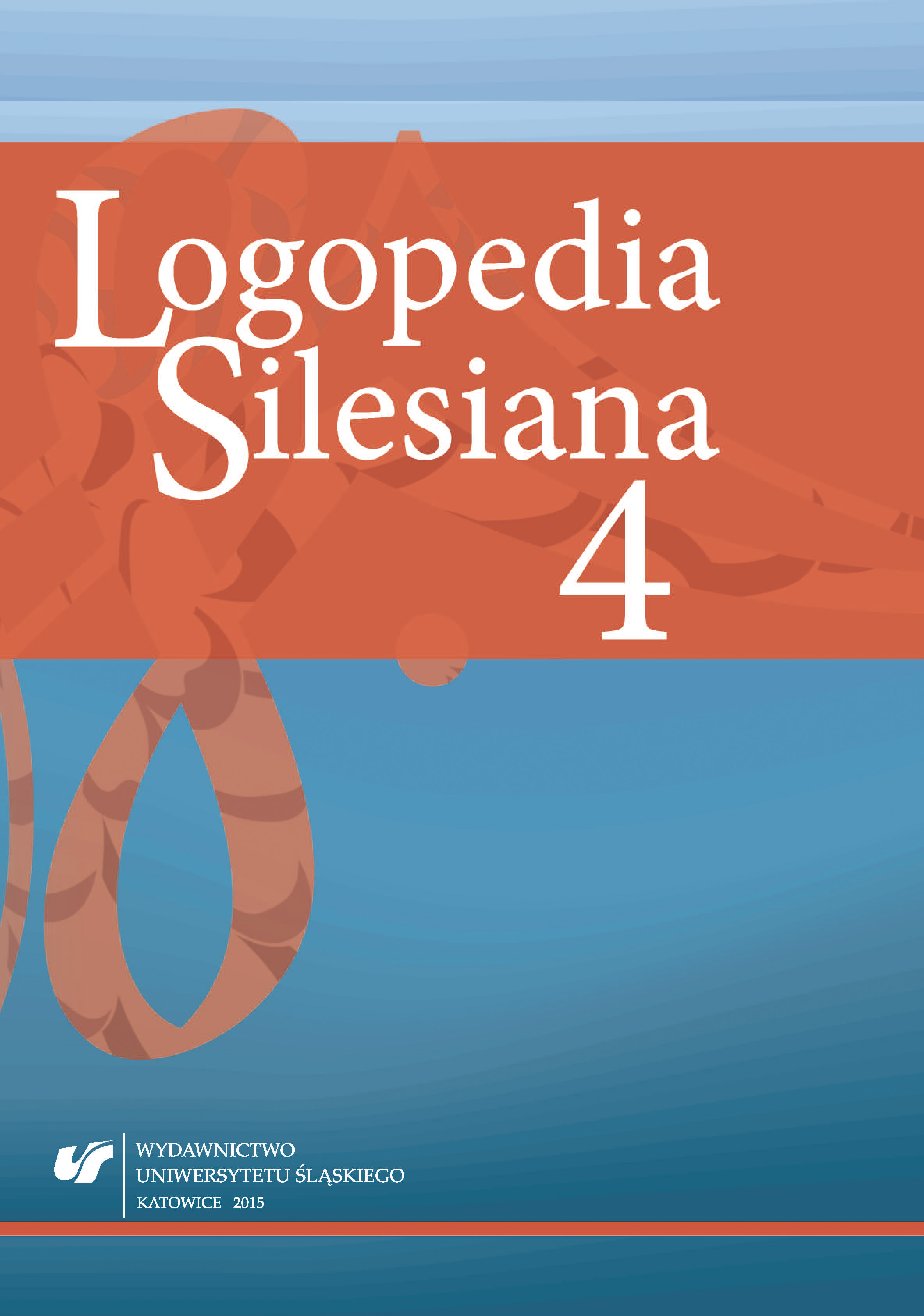Materiały, pomoce, sprawozdania: Afazja jako zaburzenie mowy po udarze mózgu – studium przypadku
The Supporting Materials, Didactic Visual Aids and Reports: Aphasia as a Post-stroke Speech Disorder: Case Study
Author(s): Barbara MigułaSubject(s): Language and Literature Studies, Applied Linguistics, Psycholinguistics
Published by: Wydawnictwo Uniwersytetu Śląskiego
Keywords: brain; stroke; aphasia; diagnosis; speech
Summary/Abstract: The overall aim of the research is the description of the aphasiac speech disorders in correlation with the clinical picture of the patient after a stroke, recognizing the research problem in terms of pragmatic, aimed at creating a patient-oriented diagnosis and effective rehabilitation. Cerebral stroke is one of the most common causes of focal brain damages and the cause of more than half of all cases of aphasia. The types of post-stroke disorders are closely related to the location of damage. Any change in the area of the brain affects directly or indirectly the ability and quality of speech, which is coupled to the overall memory functions, motor and intellectual functions. Aphasia comes from the Greek aphasia and means dumbness. The precise explanation of the term, however, causes many difficulties. A multitude of definitions suggests the high complexity of the problem and carries a multiplicity of diagnostic approaches and methodology. In order to make a diagnosis of studied patients she was subjected to a series of trials and exercises, which were the basis of methods based on selected items of psychological and neuropsychological diagnostics. The patient was also subjected to a detailed interview. An evaluation of cranial nerve function and language functions was also made. Due to the age of the patient the degree of cognitive activity was also examined. The research and observations made it possible to diagnose a post-stroke language disorders with the characteristics of motor aphasia and the elements of sensory aphasia. The therapy was aimed mainly at improving the disturbed functions of naming and spontaneous speech. For this purpose a diverse set of exercises were worked out. The right mix of methods used for working with patients allow getting the proper diagnosis and plannig the right treatment that streamlined lost functions, restore the patient to the independent and proper functioning.
Journal: Logopedia Silesiana
- Issue Year: 2015
- Issue No: 4
- Page Range: 395-405
- Page Count: 11
- Language: Polish

